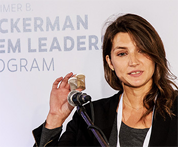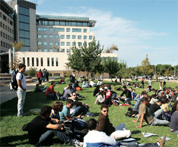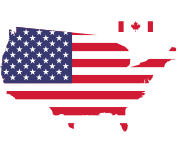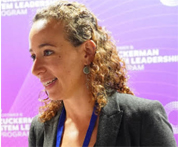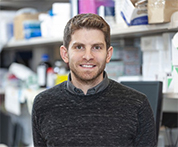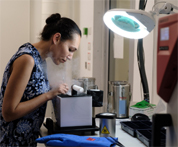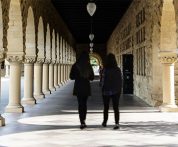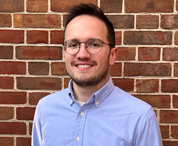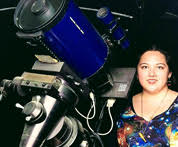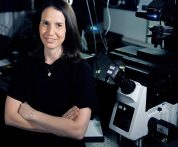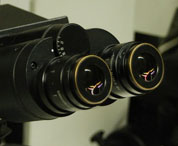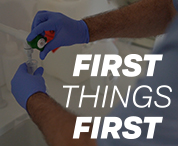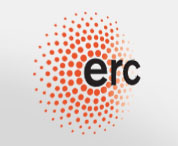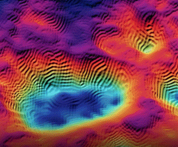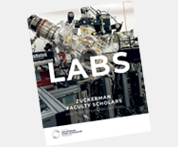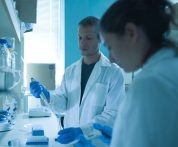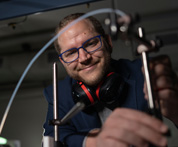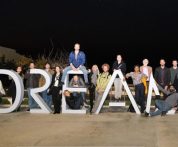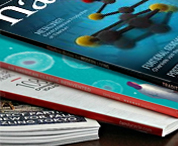We’re looking for two highly motivated postdocs to join our interdisciplinary lab. The overarching goal of our research is to characterize general principles by which proteins self-organize in space and time. In this endeavor, we develop computational as well as experimental approaches and bridge different fields of biology, which include:
- Structural Bioinformatics and Protein Networks
- Structural Biology & Biochemistry
- Yeast Biology and Lab Automation
- Synthetic Biology and Protein Design
- Protein and Proteome Evolution
- High-throughput Confocal Microscopy
Examples of projects include the design of protein condensates with unique functions and tunable phenotypes, the creation of chaperones based on non-chaperone proteins, or characterizing protein evolution across 1,000 yeast strains.
Our lab is an outstanding place to transition from wet-to-dry or dry-to-wet work.
The ideal candidate should be curious and independent with strong analytical skills and have a Ph.D. in biological sciences (wet- and/or dry), chemistry, or physics.
If interested, get in touch by email ([email protected]), and explain your motivation to join our lab.
References:
Heidenreich et al.
Designer protein assemblies with tunable phase diagrams in living cells.
Submitted
Dubreuil et al.
Protein abundance biases the amino-acid composition of disordered regions to minimize non-functional interactions.
J. Mol. Biol.
2019.
Dubreuil et al.
YeastRGB: Comparing the abundance and localization of yeast proteins across cells and libraries.
Nucleic Acids Res.
2019
Meurer M et al.
A genome-wide resource for high-throughput genomic tagging of yeast ORFs.
Nature Methods.
2018.
Dey S et al.
PDB-wide identification of biological assemblies from conserved quaternary structure geometry.
Nature Methods
2018
Garcia-Seisdedos et al.
Proteins evolve on the edge of supramolecular self-assembly.
Nature. 2017
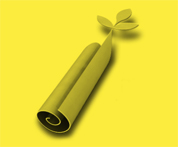 ISRAELI COUNCIL FOR HIGHER EDUCATION
ISRAELI COUNCIL FOR HIGHER EDUCATION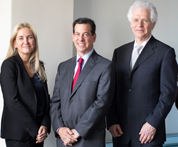 MIT-Israel Zuckerman STEM Fund for Faculty Collaboration
MIT-Israel Zuckerman STEM Fund for Faculty Collaboration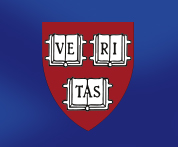 The Zuckerman Travel and Research STEM Fund at Harvard
The Zuckerman Travel and Research STEM Fund at Harvard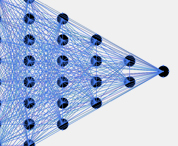 Zuckerman AI Fund at Technion
Zuckerman AI Fund at Technion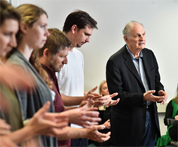 Alan Alda Communicating Science
Alan Alda Communicating Science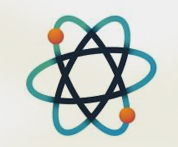 Zuckerman Institute – ScienceAbroad
Zuckerman Institute – ScienceAbroad Zuckerman Institute – America-Israel Friendship League partnership
Zuckerman Institute – America-Israel Friendship League partnership
